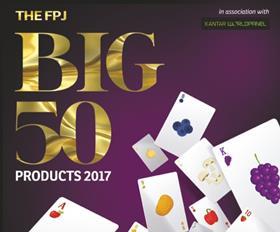
The FPJ Big 50 Products ranks the 50 best-selling fresh fruit and vegetable products by sales value, using Kantar Worldpanel data for the 52 w/e 21 May 2017.
16. Onions
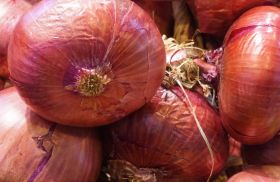
Value: £209.2m (-3%) Volume: 241.2m kg (-1.2%)
Premium offers opportunities for onions
While onion prices have seen deflation over the past year, the category has succeeded in tying itself to emerging cuisines and new formats, meaning declines haven’t been as severe as in other vegetable products.
“Generally speaking, sales are good,” says managing director of the Allium Alliance, Malcolm Gray. “We’ve just come through four weeks of fairly good weather so sales of red onions are very good as they’re used in salads. On the mild onion side, the good weather means that everyone turns out for events such as country shows and pop concerts, and there’s an uplift on burgers and hotdogs.”
Mark Cheadle, category manager at Produce World, says onions have also benefited from the rise in meal solution companies, with recipe cards providing inspiration.
“The average selling price has gone down significantly, which is driving volume growth,” he says. “Value decline hasn’t been as severe because it’s been driving new usage. I believe it’s the millennial shopper doing more scratch cooking.” For Cheadle, one of the challenges facing onions is commoditisation. “There are lots of fantastic premium varieties, such as sweet onions to use in salad or onions that taste great raw. That’s a big opportunity,” he says.
17. Lettuce
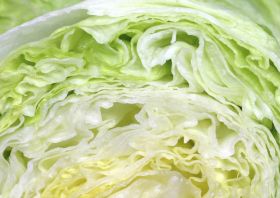
Value: £205.8m (+8.1%) Volume: 115.9m kg (+1%)
Icebergs hit by price inflation
Lettuce doesn’t normally make the mainstream media, but when supermarkets were pictured with empty shelves in January there was a national outcry.
Perhaps a reminder of the value of a staple, and much-loved, crop was not a bad thing – and the shortages helped drive prices upwards on a product that is frequently heavily discounted. With prices still not having fully returned to previous levels, the category is worth over £15m more than it was a year ago.
“We’ve had a bit of price inflation on the back of the shortages and some of the prices have remained, which is very welcome,” affirms Matt Boyns, commercial manager at PDM Produce, although he adds the caveat that “nobody is really making any money on icebergs” right now.
The sector, like others, is facing real concerns over labour shortages, and that too could add a few more pence onto the shelf price in future.
Romaine sales have been particularly strong – up 19 per cent and now worth 15.8 per cent of the lettuce category, according to Sarah Baldock, category and innovation director at Natures Way Foods.
With vintage weather boosting salad sales, there’s hope that this will be a sector with further good news going forward.
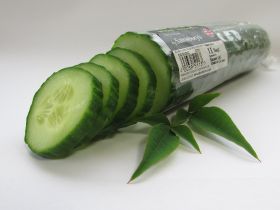
There has at least been some category growth, with average prices rising from around 42p a stick to 50p, which has added £15m in the past year, as well as solid volume growth as consumers buy up more of the salad staple.
“Yields have been good this year, but prices are still the same if not worse than in the past,” says Lee Stiles of the Lea Valley Growers Association. “It’s all about volumes at the moment. The mood is no better or worse than in the last few years.”
Like other sectors of the horticulture market, labour remains a major concern for cucumber growers, more of whom have been using a high-wire system over the past year which has numerous benefits but is more labour intensive.
Cucumbers have also benefited from the warm weather in June and July, while the soaring popularity of gin is giving the sector an unexpected boost. And new formats such as snacking and mini cucumbers mean the fruit is available in more diverse places.
But as ever, if growers don’t get the returns to justify reinvestment, the future of the British production sector will remain in doubt.
19. Broccoli
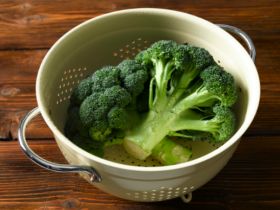
Value: £180.7m (+0.4%) Volume: 114.8m kg (+2.5%)
Broccoli knocked by high temperatures
Boosted by health messages and premium products such as Tenderstem and Bellaverde, the broccoli category could be doing a lot worse.
Value and volume sales both rose slightly over the last year, but recent high temperatures have hit the category hard with yield losses reported in both Lincolnshire and Kent.
Head of agronomy at Lincolnshire firm Freshtime UK, Mel Miles, says: “The warm weather in June accelerated crop growth rates. Unsurprisingly, we have seen some yield losses in the first of the open broccoli crops – a percentage of heads starting to flower and a greater degree of variation in the crop than we would normally expect to see.”
Director of Veg UK, Julian Pitts, says high temperatures had a “massive effect” on crops, although it’s too early to count the full impact.
In Cornwall, it’s a better picture, and managing director of Southern England Farms, Greville Richards, says broccoli yields are good with the company having picked up some additional orders. “We started a week late but it’s been a big summer for broccoli. Yields are good and we’re very pleased with the crop,” he says.
Challenging weather aside, there is clearly ample demand for broccoli as long as the supply is there to meet it.
20. Oranges
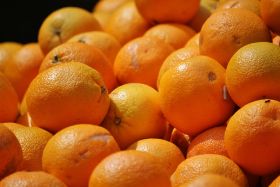
Value: £173.1m (+2.4%) Volume: 103m kg (-0.2%)
Solid year despite shaky supply
The orange market has been marred by supply issues over the past 12 months, with heavy rain in Spain and drought in South Africa limiting volumes and pushing up prices.
“The Valencia season from South Africa last year was difficult, with volumes significantly decreased,” says Mat Warren of AMT Fruit. “Meanwhile, the Spanish navel season was fairly normal but towards the end of the Valencia season (in April, May and June) prices have risen.” This was driven by demand, the devaluation of the pound and supply issues from South Africa as the country’s navel crop was significantly reduced this year.
It is these price rises that have driven most of the value growth in the category, according to Jo Mumford of Chingford Fruit, who says price rises have been most prevalent since the start of 2017.
The fruit continues to play second fiddle to easy peelers, which dominate the citrus category due to their convenience, portability and suitability for out-of-home consumption. But the trend for healthy eating and the use of oranges for juicing has helped to keep sales buoyant, according to Stuart Ansell of MMG Citrus.
Future growth “will depend on how the wider economy and macro trends affect the economic coping strategies of UK shoppers,” Mumford says.



